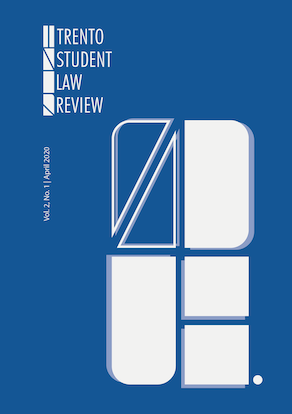Third-Party Doctrine: The Threat of the Digital Age
DOI:
https://doi.org/10.15168/tslr.v2i1.648Parole chiave:
Fourth Amendment, Criminal procedure, Third-Party Doctrine, Balancing test, Supreme CourtAbstract
The evolution of the Third-Party Doctrine, its impact on the Fourth Amendment, and its current iteration in the modern digital age is evaluated through a number of precedent cases. The Paper will start with the principal of reasonable expectation of privacy, established in Katz v. United States, and carry onward into the foundation of the Third-Party Doctrine in United States v. Miller and Smith v. Maryland, the Court questioning the viability of the doctrine in United States v. Jones, and perhaps shifting its outlook in Carpenter v. United States. The paper will analyze the Third-Party Doctrine concerns through the Carpenter balancing test and conclude with the possible benefits and detriments in applying such a test##submission.downloads##
Pubblicato
Come citare
Fascicolo
Sezione
Licenza
Il diritto d'autore sui testi pubblicati nella Trento Student Law Review resta in capo ai rispettivi titolari. La rivista consente agli autori di mantenere i pieni diritti di pubblicazione.
La Trento Student Law Review è distribuita con una licenza Creative Commons Attribuzione - Non commerciale - Condividi allo stesso modo 4.0 Internazionale (CC BY-NC-SA 4.0).





